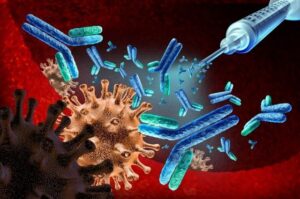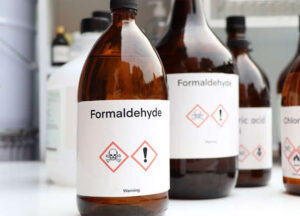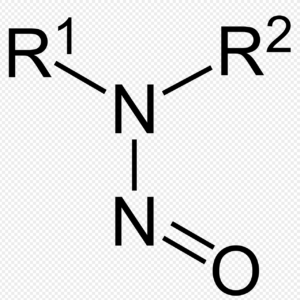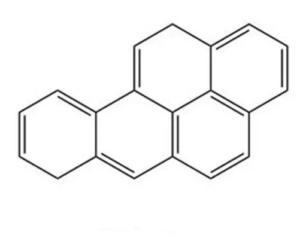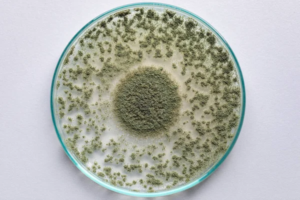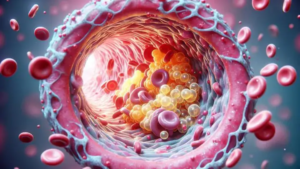
Common Enemy: The Interwoven Risks of Cardiovascular Diseases and Cancer
Cardiovascular diseases (CVD) and cancer are two of the most significant health threats in modern society. These two diseases often influence each other and present a substantial shared risk of co-occurrence globally. Although they have different pathological mechanisms and clinical manifestations, the intersection between them—especially in terms of risk factors, treatment strategies, and patient outcomes—has garnered increasing attention.

